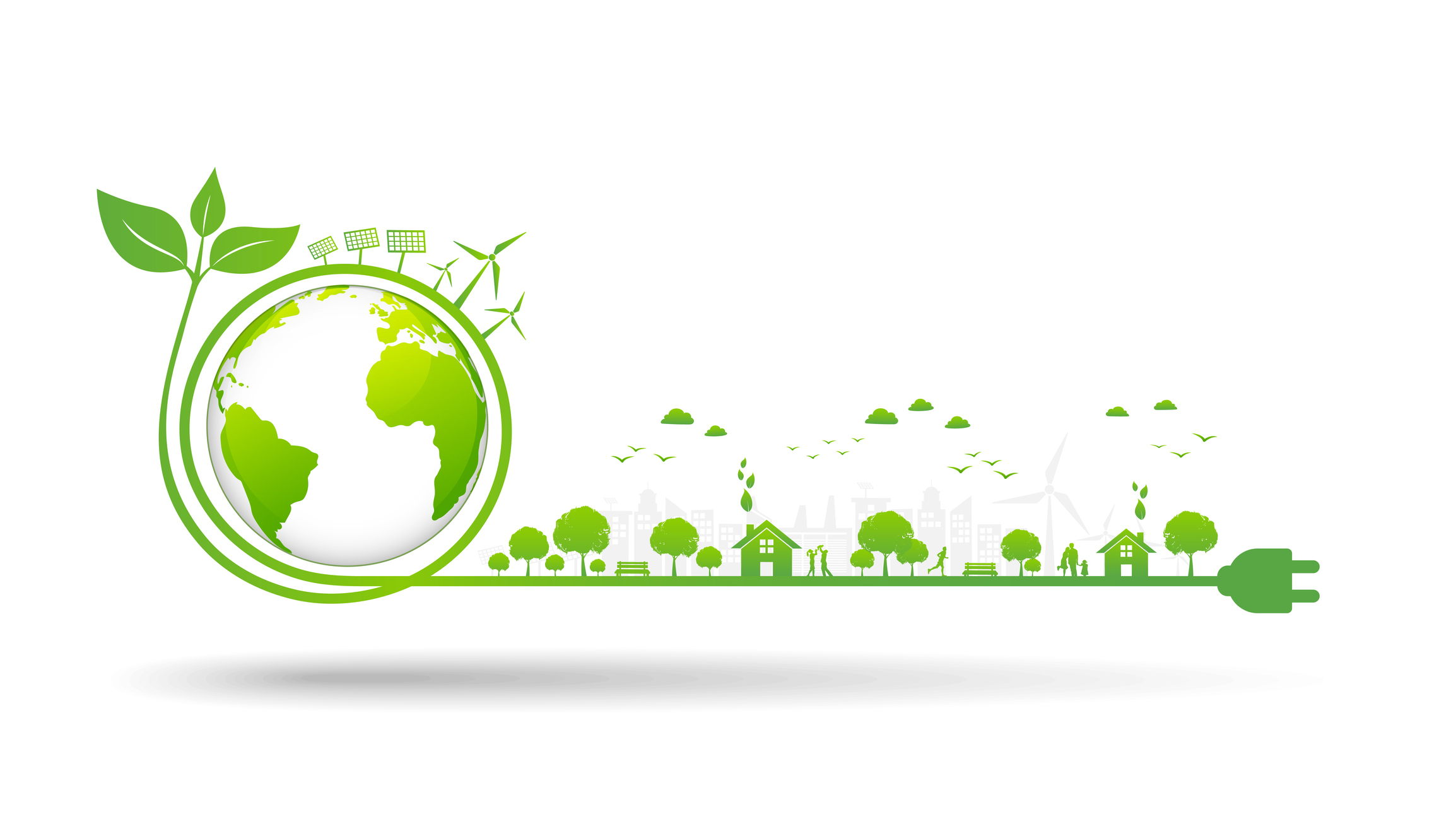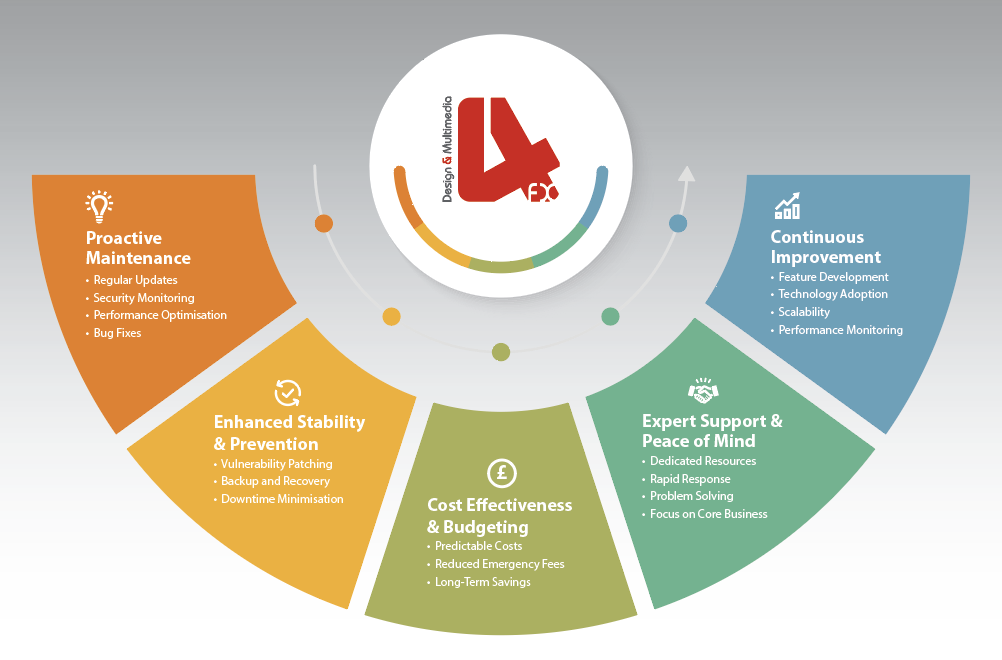 We all know that we must do more to improve our environmental impact, but have you considered how your website could be affecting your carbon footprint? If not, then maybe it’s time to start thinking about web sustainability.
We all know that we must do more to improve our environmental impact, but have you considered how your website could be affecting your carbon footprint? If not, then maybe it’s time to start thinking about web sustainability.
We all know that we must do more to improve our environmental impact, but have you considered how your website could be affecting your carbon footprint? If not, then maybe it’s time to start thinking about web sustainability.
It might be news to learn that websites have a carbon footprint, but powering the internet requires a considerable amount of electricity, while the impact of sharing, collecting, processing and storing vast quantities of global data significantly impacts CO2 emissions.
In fact, the average website with 10,000 monthly page views produces around 60kg CO2 per year, while the internet is estimated to produce carbon emissions on a par with the global aviation industry.
It all sounds pretty bleak, right? Well, don’t panic just yet! The good news is there are simple steps you can take to ensure your website is as energy efficient as possible.
Here are our top five suggestions for building a greener website:
1. Optimise images
Striking, high-res images make a great addition to any website, but, unfortunately, they’re one of the biggest energy eaters as they are the most significant contributors to page weight.
Reducing image sizes is a quick win for lessening energy consumption but think carefully about how you use them; do they serve a purpose or just make the page look pretty? Always use images sparingly and reduce their resolution and image quality where possible to reduce your data consumption.
2. Consider your video use
As with images, videos are becoming ever-popular additions to websites but drastically impact efficiency and performance. We know that they can be effective in grabbing attention, so if you don’t want to do away with them completely, use them economically, limiting them to footage that serves a purpose. Remember to embed them directly into the website and remove the auto-play function to reduce page weight.
3. Get clean with coding
For a cleaner carbon footprint, opt for cleaner code rather than off the shelf software as this can help to reduce your emissions and boost website efficiency. Avoid duplication and write succinct queries to ensure your code does no more than what you need. The same principle applies to code templates, or borrowed code; it should all be lean and provide optimum efficiency. Avoid using optional plugins with a CMS like WordPress to reduce unnecessary weight on the front end.
4. Improve user navigation
Remember that your website visitors are also responsible for generating their own carbon emissions, so ensure that your navigation structure is clear, leading users to exactly what they are looking for.
An unwieldy website will increase the amount of time visitors spend clicking for the information they need, ultimately using up more power. An added downside is a potentially frustrated or annoyed customer who doesn’t convert to a sale.
5. Streamline your SEO
As with user navigation, SEO is designed to guide your website visitors directly to what they are looking for. The ultimate aim is to help people find what they are looking for and answer your call to action.
SEO’s purpose is aligned with reducing energy consumption as optimising a website for search engine rankings means guiding people to the information they want quickly and efficiently. It’s about delivering value to the end-user and, ultimately, reducing energy consumption by keeping them on the right track.
If you’re interested in learning more about how clever website design and content can seriously boost your green credentials and reduce your carbon footprint, then we can help.
Contact the 4FX team on 01908 375200 or visit www.4fx.co.uk.






